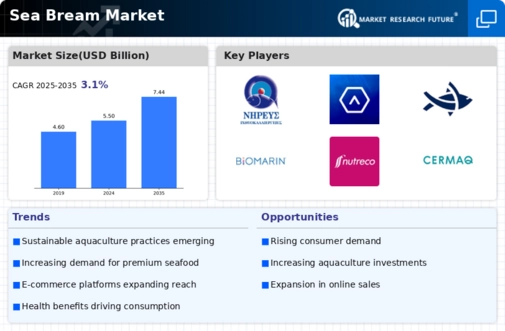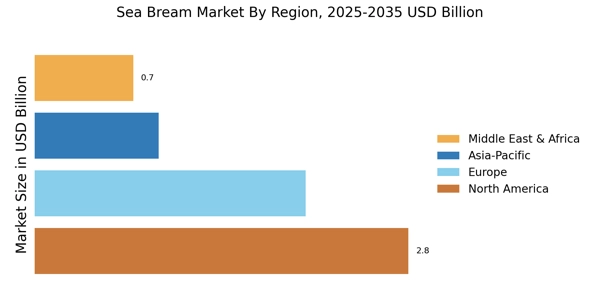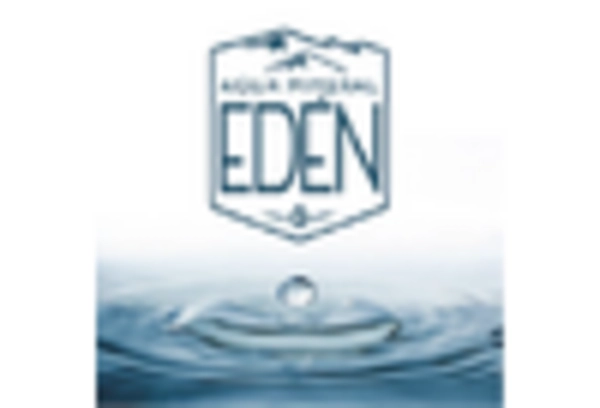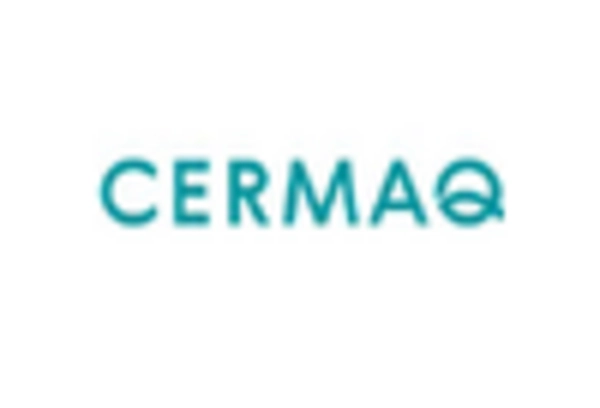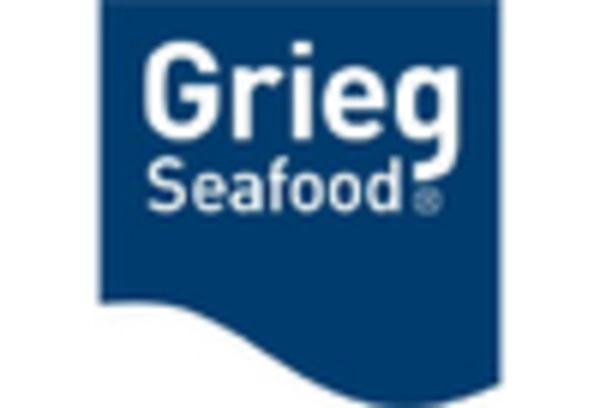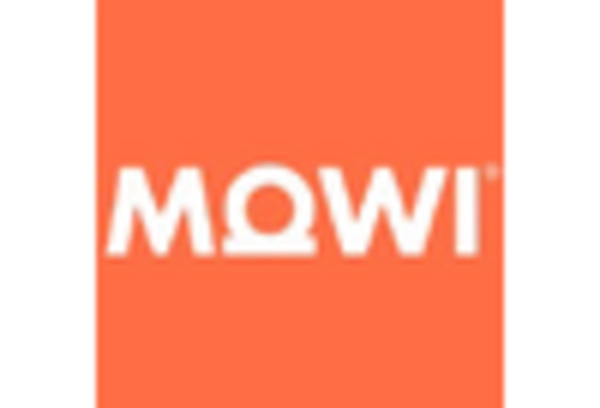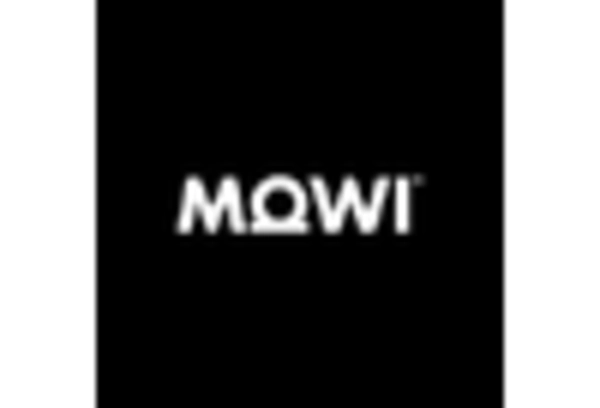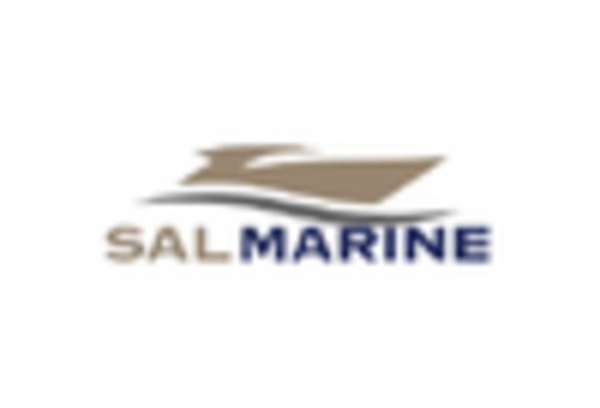The Sea Bream Market is currently characterized by a dynamic competitive landscape, driven by increasing consumer demand for high-quality seafood and a growing emphasis on sustainable aquaculture practices. Key players such as Mowi (NO), SalMar (NO), and AquaChile (CL) are strategically positioned to leverage these trends. Mowi (NO), for instance, has focused on innovation in breeding and feed efficiency, which enhances production sustainability. SalMar (NO) has been expanding its operational footprint through strategic acquisitions, thereby increasing its market share and operational capabilities. AquaChile (CL) emphasizes regional expansion and sustainability, aligning its operations with global environmental standards. Collectively, these strategies contribute to a competitive environment that is increasingly focused on sustainability and operational efficiency.
In terms of business tactics, companies are localizing manufacturing and optimizing supply chains to enhance responsiveness to market demands. The Sea Bream Market appears moderately fragmented, with several key players exerting influence over their respective regions. This fragmentation allows for niche players to thrive, while larger companies consolidate their positions through strategic maneuvers. The collective influence of these key players shapes market dynamics, as they compete not only on price but also on quality and sustainability.
In August 2025, Mowi (NO) announced a partnership with a leading technology firm to integrate AI into its production processes. This strategic move aims to enhance operational efficiency and reduce waste, reflecting a broader trend towards digital transformation in the aquaculture sector. The integration of AI is likely to provide Mowi with a competitive edge by optimizing feed conversion ratios and improving overall fish health.
In September 2025, SalMar (NO) completed the acquisition of a regional competitor, which significantly bolsters its market presence in the North Atlantic. This acquisition is strategically important as it not only expands SalMar's production capacity but also enhances its distribution network, allowing for better market penetration. Such consolidation efforts are indicative of a trend where larger players seek to dominate market segments through strategic acquisitions.
In July 2025, AquaChile (CL) launched a new line of organic sea bream products, catering to the rising consumer preference for sustainably sourced seafood. This initiative underscores AquaChile's commitment to sustainability and positions the company favorably in a market increasingly driven by health-conscious consumers. The introduction of organic products may also serve to differentiate AquaChile from competitors, enhancing brand loyalty and market share.
As of October 2025, the Sea Bream Market is witnessing trends that emphasize digitalization, sustainability, and technological integration. Strategic alliances are becoming increasingly pivotal, as companies collaborate to enhance their operational capabilities and market reach. Looking ahead, competitive differentiation is likely to evolve from traditional price-based competition to a focus on innovation, technology adoption, and supply chain reliability. This shift suggests that companies that prioritize these aspects will be better positioned to thrive in an increasingly competitive landscape.


